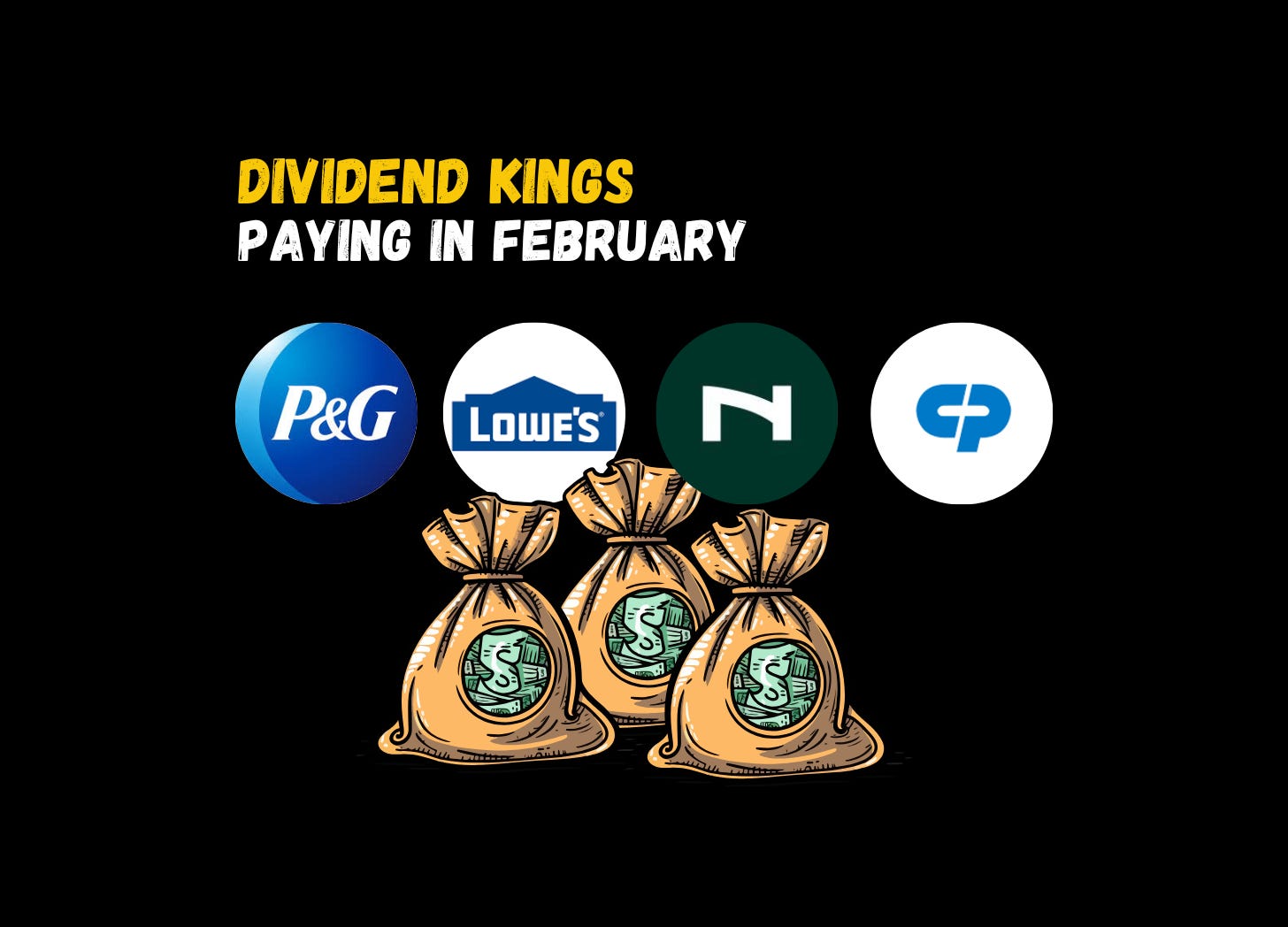Hello fellow Dividenders!
Let's turn our attention to the Dividend Kings – companies with a remarkable track record of increasing dividends for at least 50 consecutive years. Let's explore some of these reliable dividend payers scheduled to distribute dividends this month.
California Water Service Group (CWT)
A utility company providing water services in California, boasts a dividend yield of 2.74% and a 3-year dividend CAGR of 7.10%. With a payout ratio of 33.14%, they appear committed to returning value to shareholders. Mark your calendars, payment date of February 21st.
H.B. Fuller Company (FUL)
Operating in the materials sector, specializes in adhesives. They offer a dividend yield of 1.47% with a strong 3-year dividend CAGR of 8.51%. Their ex-div date was February 6th, with payment on February 20th.
Procter & Gamble (PG)
A global consumer staples giant, yields 2.40% and has a 3-year dividend CAGR of 6.86%. With a market cap of $392.44B, they are a significant player. Payment on February 18th.
Hormel Foods (HRL)
Another consumer staples company, offers a more substantial 3.97% yield, though with a lower 3-year CAGR of 2.64%. Payment is due on February 18th.
Colgate-Palmolive (CL)
Focusing on personal care and household products, has a 2.31% yield and a 3-year CAGR of 4.13%. Investors should note the February 14th payment date.
Northwest Natural Holding (NWN)
This utility company has a 4.90% yield but a modest 3-year CAGR of 0.51%. Ex-div date was of January 31st and payment on February 14th, income-seeking investors might find them attractive.
Nucor (NUE)
A major player in the materials sector, specifically steel production, offers a 1.69% yield and a 3-year CAGR of 1.83%. Their ex-div was December 31st, 2024, with payment on February 11th.
Lowe's Companies (LOW)
In the consumer discretionary sector, provides a 1.83% yield and a 3-year CAGR of 4.55%. Ex-div was January 22nd and payment on February 5th.
ABM Industries (ABM)
Providing facility management services, has a 1.99% yield and a remarkable 3-year CAGR of 17.78%. Their ex-div was January 2nd, with payment on February 3rd.
Universal (UVV)
Operating in the tobacco industry, has a high yield of 6.15% but a low 3-year CAGR of 1.22%. Ex-div was on January 13th and payment on February 3rd.
Deep Dive: Lowe's Companies (LOW)
Business
Lowe's Companies, while a prominent player in the home improvement retail sector, presents a mixed bag when critically examining its business indicators. While the image highlights the importance of strong gross and net margins, Lowe's performance in this area needs careful scrutiny in the context of its overall financial health. Revenue, earnings, and free cash flow growth, while generally positive in recent years, must be evaluated for consistency and sustainability, especially considering the competitive landscape and potential economic downturns.
Critically, Lowe's exhibits concerningly high long-term debt and negative equity. This raises serious questions about financial leverage and the company's ability to weather economic storms. While they may manage capital intensity effectively, balancing capital expenditures with operational cash flows, the substantial debt burden casts a shadow on their financial flexibility. Capital allocation and returns, as measured by ROIC and ROE, must be interpreted cautiously given the negative equity. While these metrics might appear positive, they could be artificially inflated by the negative equity figure, potentially masking underlying financial vulnerabilities.
Management
Management quality at Lowe's is a subject of debate. While strategic initiatives like online platform enhancement and focus on pro and DIY customers are commendable, the company's capital structure decisions raise concerns about financial risk management. Whether management can effectively navigate the challenges posed by high debt and negative equity remains to be seen.
Dividend
Regarding dividend payments and growth, Lowe's boasts a long-standing history of dividend increases. However, investors should critically assess the sustainability of these dividends in light of the company's financial leverage, despite the current low payout ratios.
In conclusion, while Lowe's operates in a generally stable sector, its high debt and negative equity demand further investigation. Investors should carefully weigh the potential benefits of dividend income against the risks associated with the company's financial leverage before making any investment decisions.
Thanks for reading,
The Dividend Edge





